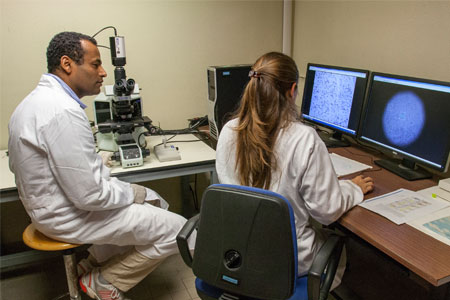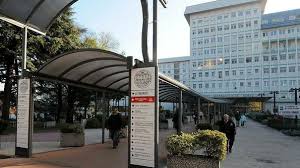The integration of healthcare should not only be thought of as the gradual process of dehospitalisation, but also as including complementary and alternative care services. These should be focused on the actual needs of those requiring assistance and tailored according to the various demands.
Integrated healthcare networks, while having a certain degree of variability in each particular region, share some fundamental structures: intensive care hospitals, hospitals providing highly complex care, specialised hospitals, general hospitals and local-care hospitals; high, medium and low care residences; hospitals for rehabilitation of all types; hospices, nursing homes; various types of medical centres, welfare and consulting services; rehabilitative, nurse-aid or programmed integrated home care, with or without social welfare; hospital care in the home and home rehabilitation; general medicine and local primary care units (UTAP); and external specialists. The agents involved in this system are as numerous as the skills that its complexity requires - GPs and external specialists, the community, various healthcare practitioners, municipalities, continuous care networks, volunteers, partner companies, administrative coordination institutes, liason departments and public/private consortia.
- Department

Overview
Contact us
- Research

Research in brief
Research activities
Research Facilities
- Teaching

PhD programmes and postgraduate training
Teaching services
- Community Engagement

Information for community
Contact us
- People
- contacts
-



